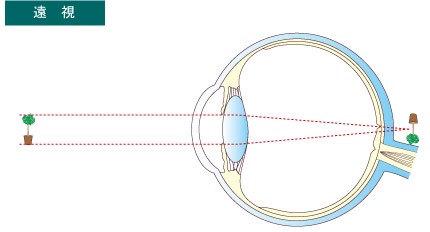What is hyperopia?
Hyperopia is caused by the eyeball being shorter than normal people. After the light is refracted, the focus falls behind the retina. When looking at close objects, they are blurrier than when looking at distant objects.
Who will suffer from farsightedness?
Both children and adults may suffer from it.
What is presbyopia?
Presbyopia is when the lens in the eye gradually hardens due to aging and cannot change its shape to focus on nearby objects. This condition is called presbyopia.
When does presbyopia begin?
Generally, it starts in the 40s and increases with age, until it gradually stabilizes after the age of 65.
Can I have presbyopia if I have myopia?
Yes, I will. After suffering from presbyopia, people with myopia need to reduce the degree of myopia to wear reading glasses when looking at close objects, but the degree of myopia does not need to be changed when looking at distant objects.
Is there any medicine to treat presbyopia?
No.
What are the remedies for hyperopia and presbyopia?
Wear reading glasses or progressive glasses.
What is astigmatism?
Due to the uneven curvature of the cornea or the uneven surface of the cornea, the light cannot be focused to one point when entering the eye, and the image seen in front of the eyes is unclear and multiple images are produced.
Is astigmatism common?
Yes. Both adults and children are likely to suffer from it, and almost everyone has astigmatism below 100 degrees.
Will the astigmatism get worse?
The degree of astigmatism will increase as the curvature of the cornea changes during development.
What causes astigmatism?
There is no specific cause for astigmatism, but it can be caused by corneal trauma, inflammation or surgery.
Can I have myopia, hyperopia or presbyopia if I have astigmatism?
Yes.
How to remedy astigmatism?
A. Wear appropriate glasses or contact lenses
B. Laser correction
C. Implantable contact lenses
D. Implant artificial lenses that improve astigmatism
